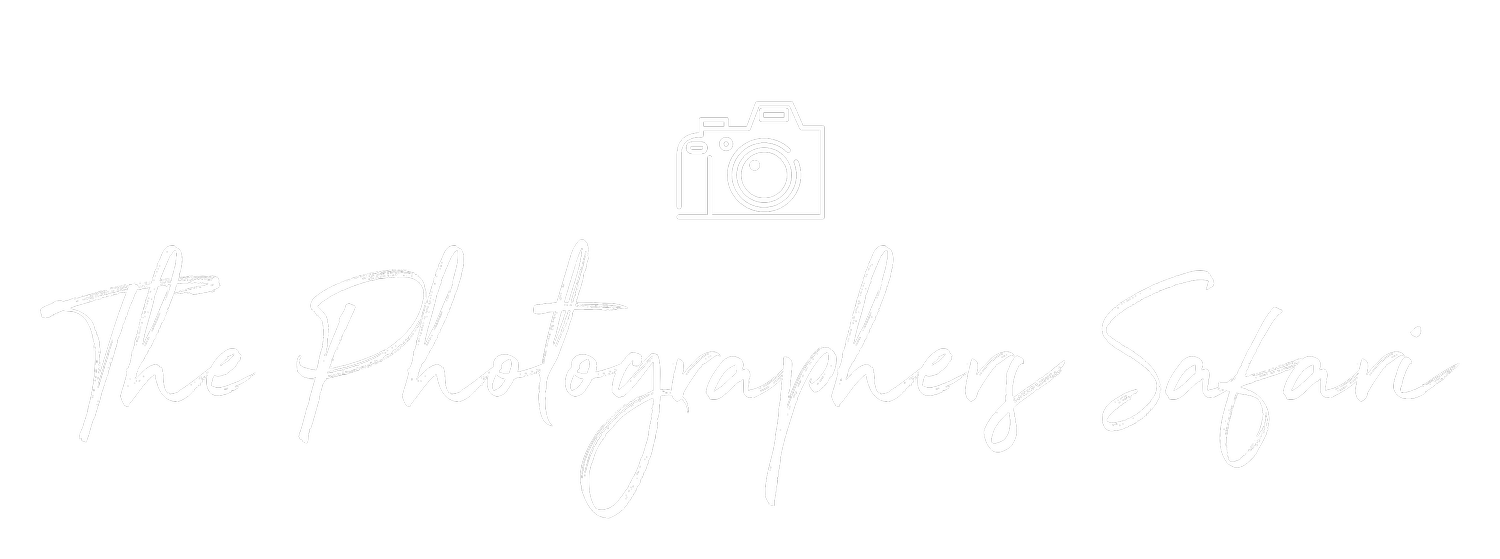Where Are The Best Safaris In Africa
Africa is truly a dream destination for any wildlife photographer, home to the Big Five and incredible landscapes, as well as stunning sunrises and sunsets. However, Africa is a huge continent, making it a challenging task to narrow down which safari destination to choose.
To help you plan your next photo safari in Africa, we’ve rounded up some of the most iconic destinations to pick from to capture some stunning photos.
Serengeti National Park, Tanzania
The famous Serengeti is where we hold our two annual Tanzania photographic safaris and host our private photo safaris. Serengeti National Park is famous for the Great Migration with stunning savannah landscapes and chances to see big cats.
Maasai Mara, Kenya
The Maasai Mara shares the same ecosystem as the Serengeti and is one of Kenya's most famous parks for photo safaris. There are incredible chances to capture the migration here as well as in Tanzania with the famous backdrop of Mount Kilimanjaro.
Okavango Delta, Botswana
If you want a water-based safari, there’s no better place than the Okavango Delta. The unique ecosystem there allows you to capture hippos, birds, and elephant water crossings. You can even do a boat safari.
Etosha National Park, Namibia
A photographer's paradise for dramatic landscapes is Etosha National Park. The salt pans in the park create stunning backdrops, and wildlife often gather to drink around the water holes.
Kruger National Park, South Africa
Kruger National Park is the classic African photo safari experience. You can see everything from big cats to rhinos here, perfect for experienced or beginner wildlife photographers.
Book Your African Photographic Safari With The Photographers Safari
Ready to pack your lens and go to Africa? Check out our photo safaris available for this year, or design a private safari with us free of cost. We create bespoke photographic itineraries using customised photographic cars with our photographic local host leading our group safaris and teaching workshops.


